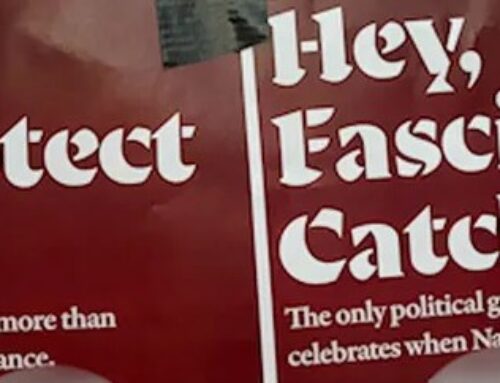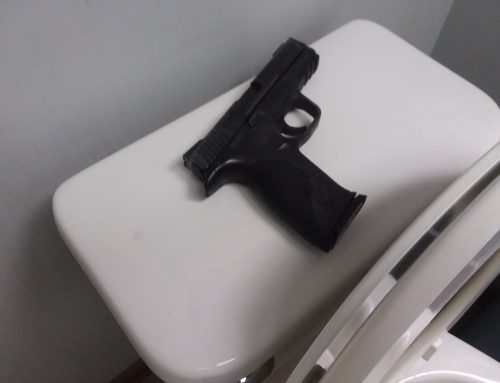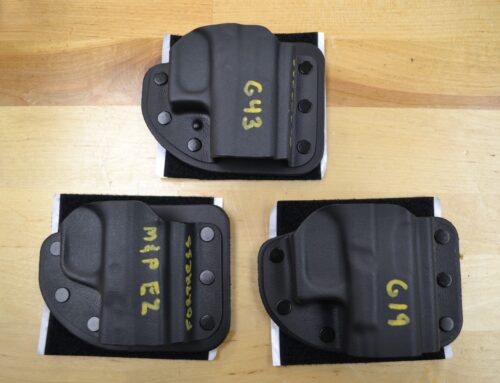“Hypothermia is an abnormally low body temperature brought on by staying in cold temperatures for a long period of time. This lowered body temperature affects the brain, and a person’s ability to think clearly or move well. Severe hypothermia can also cause an irregular heartbeat leading to heart failure and death.
While hypothermia happens most often in very cold temperatures, even cool temperatures (above 40°F or 4°C) can be dangerous to a person who has become chilled from rain, sweat, or being in cold water for an extended period of time.” – Johns Hopkins Medicine
The arctic blast which encapsulated the majority of the continental U.S. this past week has presented us with plenty of lessons.
Let’s break down a few of the highlights…
COLD!
Like hunger, cold is something we don’t think about until we’re suffering from it – and then it’s ALL we can think about!
There are three cold “conditions” that require preparation.
The first is Indoor Cold, which usually produced by utility or furnace failure. Obviously, we all need to keep up on the routine/yearly checks of our furnaces, as well as filter changes. But, even with that, blower motors and igniters can still go out at the most inopportune times…like 1am on Christmas morning with a 30-below windchill.
Utility outages are more common, or at least affect more people at once, just as we saw this past weekend. 10’s of thousands of people were without power across the nation during the record cold snap. In the Northeast, 4 substations were intentionally disabled – investigations are still underway. The cause has been theorized to have been anything from terrorism to copper wire thieves. Regardless of intent, the results were the same for those left freezing.
Thus, some form of back-up heat and power source needs to be part of every home’s preparations. Generators, solar, battery back-up, wood stoves – all things to consider as we witness energy distribution chains worldwide fail to meet demand. At the very least, extra blankets, thermal sleeping bags, and warm clothing should be at the ready no matter where you live. Parts of Florida were in the 20’s over the weekend, and that is cold enough to cause exposure injuries.
Next, is Vehicle Cold – When the occupants of a vehicle are stranded without heat.
Last Friday, there was a weather-related accident on the Ohio Turnpike involving over 50 vehicles that produced 4 deaths. The proceeding time involved for the investigation and removal was not brief. Many people found themselves stranded behind the crash site for hours until authorities could get them turned around. Under those conditions, even running out of gas probably wouldn’t have amounted to more than embarrassment, as there were plenty of emergency vehicles (and others) around to move to.
However, a mechanical breakdown or slide into the ditch during a blizzard might prove less forgiving. In Buffalo, NY, they are reporting over 25 deaths due to the storm this past weekend, with 3 of those being people found frozen in their cars.
No vehicle should ever have less than a half tank of gas in it! Even when traveling long distances, stop and fill up on the half tank mark. That fuel may be what keeps you from freezing to death while stuck in a snow drift.
But, dressing properly is even more important. If you’re the type of person who only throws on a light jacket when it’s 15-degrees because you’re “just running down to the store”, it’s time to re-think your habits. All of us should have gloves, winter clothes, blankets, hand warmers, scarves, flashlights, signaling devices, food, and water in our vehicles, and none of us should leave the house without proper clothes for the present and predicted weather conditions.
People often succumb to Vehicle Cold because they walk from the warm house to the garage or pre-started car, then drive in warm comfort to a location providing the same. Their actual exposure to the elements amounts to seconds due to convenience. They simply don’t entertain the idea of being out in the cold long enough to require anything more than a minimum of clothing, because they never are. That is, until fate decides otherwise. Then, fate becomes fatal.
Dress for the walk, not the ride.
Which also applies to the third condition, Outdoor Cold.
Structures and vehicles offer wind breaks, and that’s a major advantage in regard to windchill exposure, even without a heat source. Last weekend, wind chills were 30+ below zero where I live. Being directly exposed to such conditions requires proper clothing to survive. It’s the kind of cold that can kill a person in a t-shirt in half an hour. Frostbite can occur in 5 to 10 minutes.
Wool is the best natural fiber for winter weather conditions. Synthetics (Gortex, and the like) as an outer layer are a great idea to keep wind and water out, but wool is warm. Wool socks, sweaters, etc., are the way to go. Cotton is the WRONG choice. The saying in Alaska is, “cotton kills.” Once cotton gets wet, it works against you. When you start to sweat from labor or movement and then stop, cotton becomes a freeze layer. Avoid it in the winter.
Boots need to be warm and waterproof, specifically for winter wear.
Gym shoes, dress shoes, and the like, are to be changed into once one has arrived at the gym or the wedding. Practical footwear needs to be worn during transit in case of immediate emergency. That applies to warm weather driving, as well. 10-minutes into your trip, you may find yourself needing to kick out a window or door in order to escape wreckage, flip flops and high heels are NOT the right tools for that job!
Don’t let any of your family members or traveling companions slide on this. No one leaves the house unless they are dressed to walk for an extended period in the existing weather. Plan for pets, as well.
Other challenges to consider:
Along with all of these extra layers and bulk clothing, we still need to be able to access or daily carry handguns. If you haven’t rehearsed drawing while wearing winter clothes, get on it! (With a blue gun, or at least an unloaded gun.) It is a much slower and cumbersome endeavor, which may require some rethinking regarding holster choice, carry position, and, perhaps, carry method.
Yesterday and today brought us reports of looting and robberies occurring in western New York State. Massive snow fall has left police unable to respond to any 911 calls, and criminals are taking advantage. Don’t assume during weather events that “we’re all in this together” – we’re NOT! We are all on our own!
We need to be prepared to defend ourselves every waking hour. Both from natural disaster and violent criminal actors.
Lastly, now would also be a good time to inspect home and vehicle emergency gear.
– Medical kits
– Jumper cables
– Storage food
– Tool kits
– Spare fuel
– Batteries
– Knife edges
– Spare fuel
– Tow straps
– Fire extinguishers
– Space blankets
Estimates are now around 60 deaths attributed to exposure during this past week’s freeze. Most, if not all, of those deaths could have been avoided with a little planning and appropriate clothing. The National Guard announced today that a travel ban is in effect for all of Buffalo’s roadways. 1000’s of residents are presently running out of food.
There’s 2 to 3-months of winter left, don’t be a statistic – plan ahead!
“The number of people I’ve seen going into stores and taking stuff. They didn’t just take things. They ravaged the store. So here we have more stores on the East Side of Buffalo that are not going to reopen.” – Pastor James Giles of Back to Basics Ministry, Buffalo, NY
“These people, I don’t understand why they don’t care about their neighbor.” – Pastor Al Robinson of Truth Urban Ministry, Lovejoy, NY





